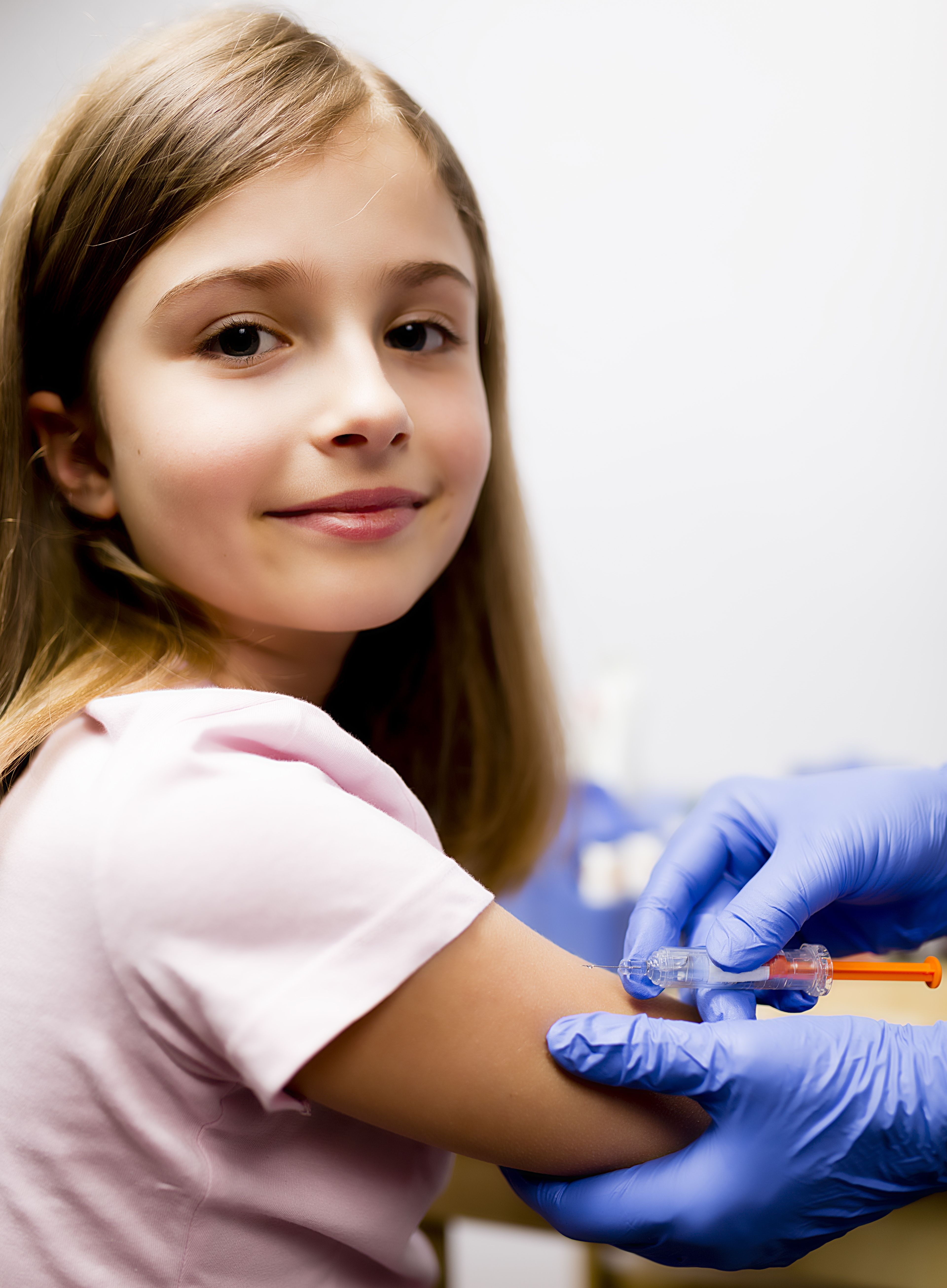Tuberculosis Dropping Among US Children, Adolescents
CDC data show the infectious respiratory disease has been on a decline since at least 2007—though measures are still needed to address its prevalence in certain populations.

Pediatric tuberculosis cases in the US have been on a steady decline for at least a decade now, according to findings from a national data analysis.
A recent assessment of National Tuberculosis Surveillance System (NTSS) metrics from 2007-2017 show diagnoses of the infectious respiratory condition dropped nearly 50% during the observed period. The difficult-to-diagnose, heterogenous condition is now at a recorded lowest rate of prevalence among children and adolescents in the US.
A team of investigators from the US Centers for Disease Control and Prevention (CDC) Division of Tuberculosis Elimination conducted the analysis which sought to define the epidemiology of tuberculosis among US children and adolescents. Led by Tori L. Cowger, MPH, the team included incidence rates of tuberculosis by parental country of birth as well as for US territories and freely associated states—prevalence rates previously unrecorded in clinical analysis.
“Previous studies suggest that US-born children with non-US-born parents might be at increased risk of tuberculosis,” investigators wrote. “Approximately two-thirds of US-born children with tuberculosis reported during 2009—10 had at least 1 non-US-born parent.”
Understanding the heterogeneity of the disease’s burden and clinical presentation, they explained, would help inform additional prevention and care measures.
The team assessed all verified tuberculosis cases reported to the NTSS among children aged <15 years, and adolescents aged 15-17 years from 2007-2017. Cases with missing information for patient sex or country of birth were excluded. The NTSS database includes demographic, clinical, and laboratory characteristics for all tuberculosis cases reported in each US state and the District of Columbia, US-affiliated islands (American Samoa, Guam, Northern Mariana Islands, Puerto Rico, Virgin Islands) and 3 freely associated states (Federated States of Micronesia, Marshall Islands, Palau).
US-born citizens were identified strictly as people who were US citizens at birth—those who have been born in a US state or territory, or to at least 1 US citizen parent.
Investigators identified 121,209 cases of tuberculosis that included age, sex, and country of birth data in the NTSS. Just 9276 (8%) were of patients aged younger than 18 years. Annual tuberculosis counts, as well as the proportion of cases to occur in children and adolescents, decreased from 2007 (n = 1125, 8%) to 2017 (n = 701, 7%).
From 2010-2017, 6072 cases occurred among children and adolescents; a majority (n = 5175, 85%) occurred in US states or the District of Columbia. About two-thirds (n = 3520, 68%) of those cases occurred among US-born people.
The incidence rate of tuberculosis was 1.0 per 100,000 person years during the observed decade, and the rate declined 47.8% (95% CI, -51.4 to -44.1) over that time.
Tuberculosis rates were disproportionately high among children and adolescents of all non-white racial or ethnic groups, among people living in US-affiliated islands, and among children born in or with parents from countries in which the disease is considered an endemic.
Although tuberculosis rates in the USA are the lowest ever recorded, it continues to affect many communities unequally, especially communities of color, Indigenous peoples, people born outside the USA, and people who are experiencing homelessness,” Cowger and colleagues wrote.
Investigators observed that, though tuberculosis rates are currently 10-20 times greater among children and adolescents born outside the US than among those born in the country, 68% of cases from this observed period involved patients born in the US—while current clinical guidelines advise tuberculosis testing for people to have travelled outside the country.
They advised that future efforts be made to address the risk of US-borne tuberculosis cases among both pediatric and adolescent patients—not just cases from outside territories.
“Furthermore, strategies to eliminate tuberculosis in the US should account for the contextual factors that markedly increase tuberculosis risk in particular populations so that disparities in tuberculosis-associated morbidity and mortality among children and adolescents do not persist or worsen, even as overall tuberculosis burden declines,” investigators concluded.
The study, “Epidemiology of tuberculosis among children and adolescents in the USA, 2007—17: an analysis of national surveillance data,” was published online in The Lancet Public Health.